The content of the article
The willow perelice is an endangered butterfly species. Other names: Great Willow Iridesmaid, Large Refractor or Irida. It is named, like many types of butterflies, in honor of the ancient Greek goddess (Iris).
The willow pot holder in some countries is listed in the Red Book, and collecting of individuals is prohibited. Many butterfly lovers are attracted by the bright color.
Appearance
The wingspan can reach 8 cm. The outer side of the wing is black with a brown tint. In males, there is a bright purple overflow. On the front wing there are white spots, on the back there is a strip of the same color and a black peephole in a dark red ring. The inner side of the wings is gray or dark gray. The edges are brown or rusty, black or white spots. There is a strong subtype difference. Gender differences are pronounced. Females are larger. Males are brighter in color.
Habitat
Specimens of willow found in the central and eastern parts of Europe, in central and southern Russia, in the north-western region of Kazakhstan, in most of China, in the whole of the Amur region. Many individuals live in Japan, Korea and Primorye.
In Russia, most often Perelivnitsa can be found:
- Southern Urals;
- Western Siberia;
- Eastern Transbaikalia;
- area near the Carpathian Mountains;
- Middle Volga.
He likes to settle in forests of all types, near ponds. Some subspecies live at an altitude of 1500 meters above sea level in the Carpathian Mountains. The main condition for living is high humidity. It is necessary for the full development and growth of caterpillars. In hot and sunny weather near the rivers and lakes there is a large accumulation of butterflies.
Stages of development and reproduction
Butterflies of this species prefer to lay eggs on the outside of the plants they feed on. Individuals develop in a single generation.
In the form of a caterpillar, the Pellivnitsa willow holds from August to June. The body of the caterpillar is green with bright yellow stripes and dots. There are 2 short blue horns on the head,and on the opposite end, 2 red spiky processes.
The female lays 2 bright green eggs. The larva is born after 8-10 days. Overwintering an individual in the caterpillar stage. In the form of a pupa, the butterfly lives 2 or 3 weeks.
Demeanor
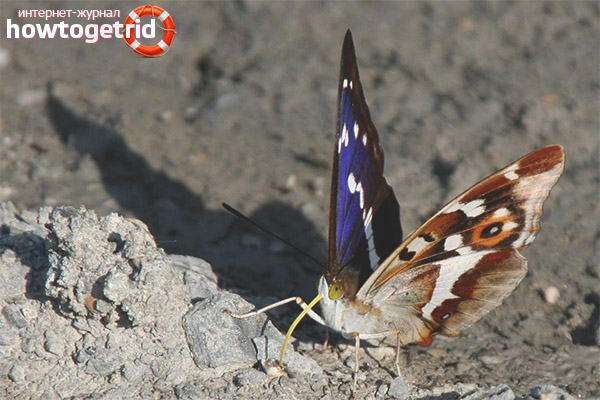
Most often Perelivnitsa Willow can be found from the beginning of June to the end of July. Males fly in flocks on forest edges and roads, near streams and large puddles, above animal excrement. Females prefer to hide in high grass and heaps of foliage. Only fermented sap of trees can lure them. Individuals like to flock with other species. The willow pan is very shy and wary when flying.
It feeds on goat, eared, ashen and other willow species. Also loves aspen. The caterpillar gnaws leaves without touching the veins. Formed butterflies feed on the nectar of the same plants with the help of a proboscis, which after a meal is twisted into a spiral.
Species extinction
A large water-cannon was added to the Red Book of many countries: Russia (Moscow and Smolensk Oblast), Ukraine, Latvia, Germany and Sweden.
The number of butterflies Pellifelnitsa constantly reduced. The main factor is human intervention. Huge forest areas are cut down, habitat species structures change, caustic pesticides are used. All this is changing the environmental component.
Interesting Facts
- The males on the front wing have scales that emit odorous gases in order to attract female individuals.
- A purple or metallic glow on the wings of the males is not the result of pigmentation. You can see this beautiful effect only in sunny weather and at a specific angle. Bright overflow helps males to fool enemies and hide from them.
- Caterpillar winters on willow bark. During this period, the body color acquires a brown tint, thanks to which the insect masks well. As soon as spring comes, and the warmth comes, the caterpillar re-acquires a light green color.
- When butterfly hunting became popular, collectors used manure and carrion to attract individuals. Before that, they used huge butterfly nets with a 9 meter long handle.
- The name "Irida" comes from the mythology of Greece.She was considered the goddess of the rainbow and was a mediator between humanity and deities.
- Perelivnitsy poorly developed front legs. They are pressed to the body and do not have functions.
- A butterfly can fly to a brilliant thing, as it is attracted by bright objects.
- On the antennae there are special receptors that capture odorous signals in the air.
- In 2011, in Germany, the species Perelivnitsa Willow was declared the butterfly of the year.

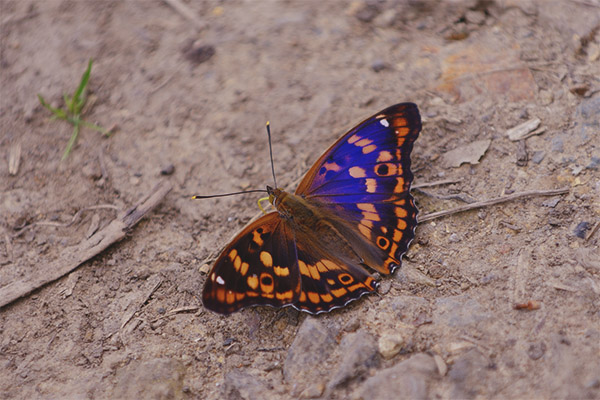
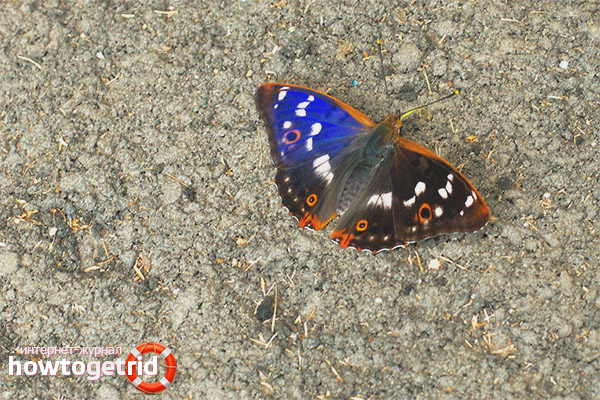

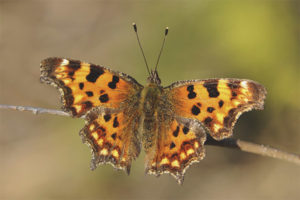
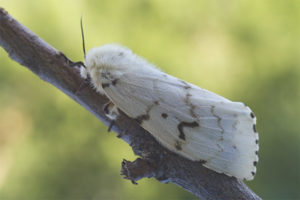
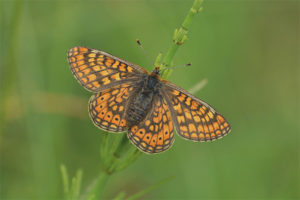
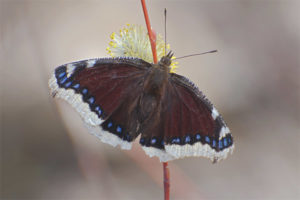
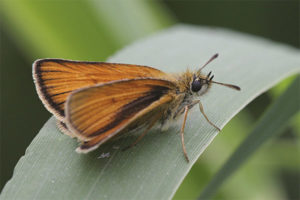


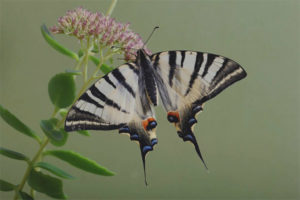
To send